
BMW 2-Series Gran Tourer (2015-2024) review
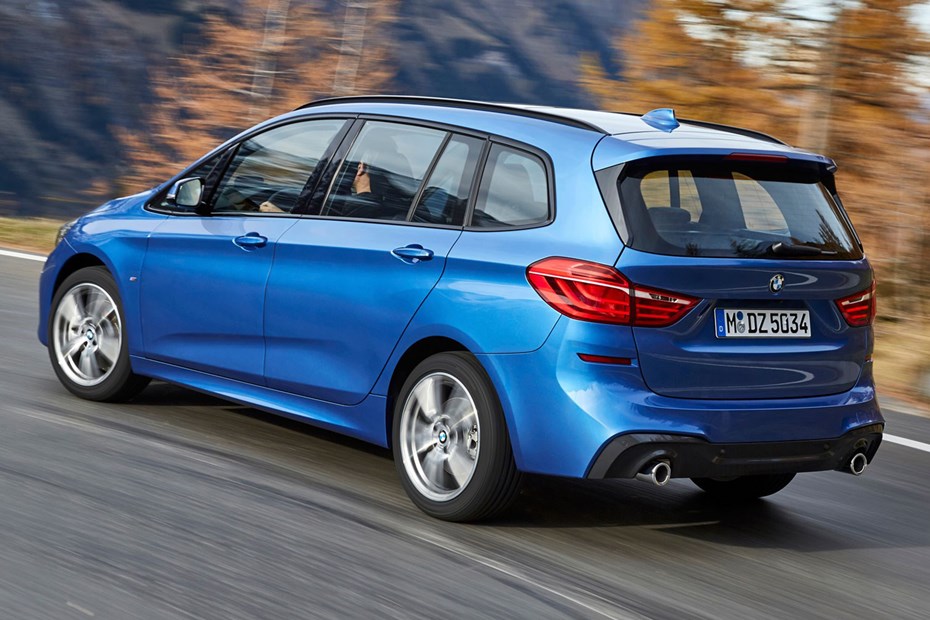
At a glance
| Price new | £25,420 - £38,935 |
|---|---|
| Used prices | £4,720 - £26,046 |
| Road tax cost | £20 - £215 |
| Insurance group | 10 - 22 |
Get an insurance quote with

|
|
| Fuel economy | 39.2 - 57.6 mpg |
| Range | 494 - 752 miles |
| Miles per pound | 5.7 - 7.4 |
| Number of doors | 4 - 5 |
| View full specs for a specific version | |
Available fuel types
Petrol
Diesel
Pros & cons
- Premium badge appeal
- High quality interior
- Four-wheel drive available
- Lacks rivals flexibility
- Questionable looks
- Ride firmness
BMW 2-Series Gran Tourer (15-24) rivals
Overview
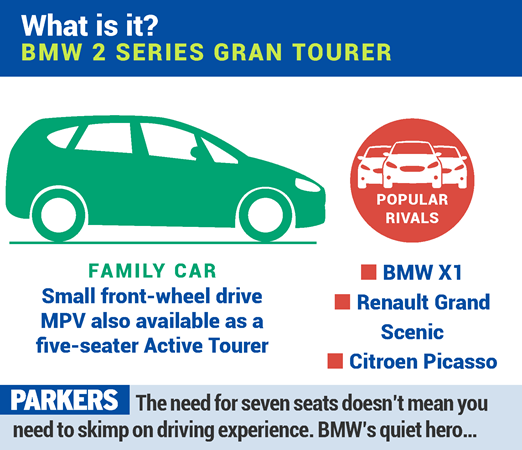
Filling yet another niche in its ever-expanding range is the BMW 2 Series Gran Tourer, the company’s first seven-seater people carrier, and has proven to be surprisingly popular.
While ultimately it lacks the outright flexibility and spaciousness of key rivals such as the Citroen Grand C4 Picasso, Ford Grand C-Max and Volkswagen Touran, the 2 Series Gran Tourer has many attractive facets, aside from the allure of the BMW badge on its nose.
BMW claims the 2 Series Gran Tourer came into being because buyers of its traditional saloons and estates had no option but to look to other brands as their families expanded. It believes those demanding a more premium-feeling, sportier-driving MPV will be tempted back into the BMW fold.
Front-wheel drive for the majority
This is BMW’s second model that’s predominantly front-wheel drive, being a seven-seater version of the five-seater 2 Series Active Tourer launched in 2014. More expensive 220d versions of the 2 Series Gran Tourer are only available – initially at least – with xDrive, which also sends power to the rear wheels.
Eventually these underpinnings will find their way under the next generation 1 Series and X1 in addition to the replacements for the larger MINIs.
By keeping the mechanical components largely up front, an even greater amount of interior space is liberated. Even though the 2 Series Gran Tourer is only 214mm longer and 53mm taller than the Active Tourer it shares much of its frontal bodywork with, there’s room for an additional pair of small rear seats and up to 1,820 litres of cargo space.
Brand purists may be up in arms about both the front-wheel drive and people carrying credentials of the 2 Series Gran Tourer, but the fact is for this type of car it handles with impressive agility, if not the ride comfort of its direct competitors.
BMW 2 Series Gran Tourer: Petrol, diesel and PHEV
Efficiency is the focus for the majority of powertrains offered in the BMW 2 Series Gran Tourer, with the cheapest to run being the manual gearbox-only 216d, offering up to 68.9mpg and CO2 emissions of 108g/km.
At a clamed 64.2mpg and emissions of 115g/km, both manual and automatic versions of the 218d offer identical efficiency figures.
Even the automatic-only, four-wheel drive 220d xDrive hardly disgraces itself with claims of 57.6mpg and 129g/km of CO2, despite completing the 0-62mph acceleration test in a swift 7.8 seconds.
Petrol vs diesel: which BMW 2 Series is best for you?
Those who tend to travel shorter distances are likely to find the petrols suit their needs better. The 218i offers the lower running costs, with claims of 53.3mpg and 123g/km for versions with the manual gearbox; automatics are slightly inferior at 52.3mpg and 126g/km, respectively.
Topping the power stakes is the 189bhp motor fitted to the 220i, completing the 0-62mph sprint in 7.8 seconds for the automatic, 0.1 seconds slower for the manual.
Running costs take a bit of knock, with the manual posting the costliest figures of the range at 44.8mpg and 145g/km.
All 2 Series Gran Tourers are equipped with EfficientDynamics features such as stop/start, energy recuperation and a coasting function for the automatic gearboxes which effectively disengages the engine and transmission to save fuel.
BMW’s most practical model
There’s no doubting that the BMW 2 Series Gran Tourer’s increased practicality over other models to wear the coveted blue and white badge, it does lose ground compared to others in this segment.
Space in the middle row is generous, particularly with the seats slid rearwards, but unlike many MPVs the seat is a bench rather than a trio of individual chairs. The middle seat position is also significantly narrower than rivals’ setups too.
Neat touches abound in the third row with elasticated straps attached to the sides to keep kids’ clutter neatly out of the way, while the luggage cover stows in a space under the floor behind the rearmost seats.
Lowering and raising the back pair of seats is easy too, with just a plastic lever to lightly pull unlike the straps employed by some rivals.
BMW 2 Series Gran Tourer facelift for 2018
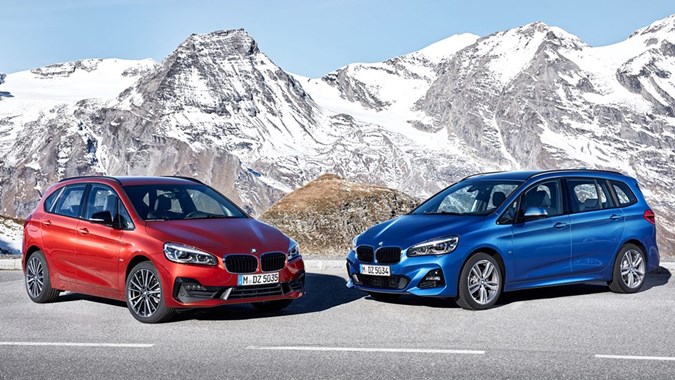
For 2018, the 2 Series Gran Tourer has been facelifted. It was a very light-touch makeover, with new lights and bumpers at the front and rear, and a few tweaks to the interior. Job done.
The LED headlights have been sharpened up with BMW’s ‘corona ring’ daytime running lights. They can be upgraded to adaptive LEDs. The regular models and more aggressive M Sport are given bumpers that differentiate them further, and all models get a full-width lower grille below the kidney grille, which has been enlarged for 2018.
The instrument panel has been updated, and the iDrive has been upgraded in line with the rest of the BMW range.



.jpg)
.jpg)
.jpg)
.jpg)
.jpg)
.jpg)
.jpg)
.jpg)
.jpg)
.jpg)
.jpg)
.jpg)
.jpg)
.jpg)
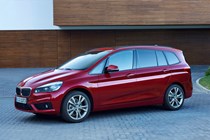
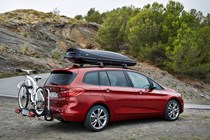
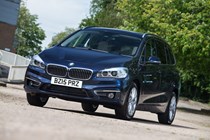
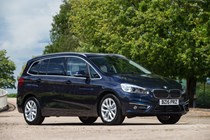
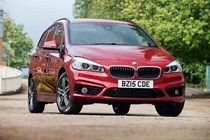
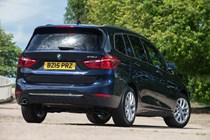

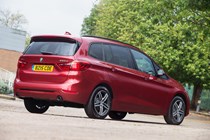
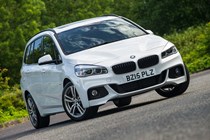
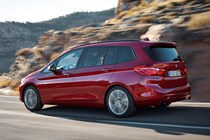
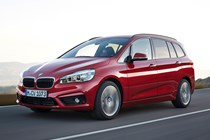
.jpg)
.jpg)
.jpg)
.jpg)
.jpg)
.jpg)
.jpg)
.jpg)
.jpg)
.jpg)
.jpg)
.jpg)
.jpg)
.jpg)
.jpg)
.jpg)
.jpg)
.jpg)
.jpg)
.jpg)
.jpg)
.jpg)
.jpg)
.jpg)
.jpg)
.jpg)
.jpg)
.jpg)
.jpg)
.jpg)
.jpg)
.jpg)
.jpg)
.jpg)
.jpg)
.jpg)
.jpg)
.jpg)
.jpg)
.jpg)
.jpg)
.jpg)
.jpg)
.jpg)
.jpg)
.jpg)
.jpg)
.jpg)
.jpg)
.jpg)
.jpg)
.jpg)
.jpg)
.jpg)
.jpg)
.jpg)
.jpg)
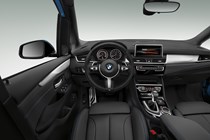
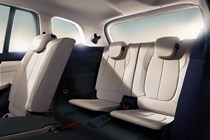

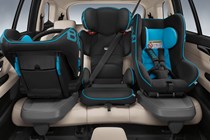

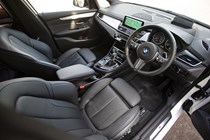
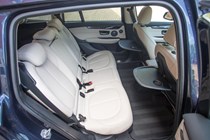
.jpg)
.jpg)
.jpg)
.jpg)
.jpg)
.jpg)

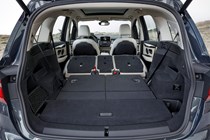
.jpg)
.jpg)
.jpg)
.jpg)
.jpg)
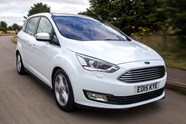
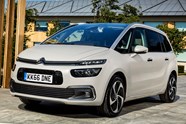
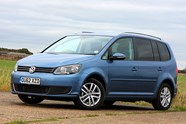

.jpg?quality=50)
.jpg?quality=50)
.jpg?quality=50)
.jpg?quality=50)
.jpg?quality=50)
.jpg?quality=50)
.jpg?quality=50)
.jpg?quality=50)
.jpg?quality=50)
.jpg?quality=50)
.jpg?quality=50)
.jpg?quality=50)
.jpg?quality=50)
.jpg?quality=50)











.jpg?quality=50)
.jpg?quality=50)
.jpg?quality=50)
.jpg?quality=50)
.jpg?quality=50)
.jpg?quality=50)
.jpg?quality=50)
.jpg?quality=50)
.jpg?quality=50)
.jpg?quality=50)
.jpg?quality=50)
.jpg?quality=50)
.jpg?quality=50)
.jpg?quality=50)
.jpg?quality=50)
.jpg?quality=50)
.jpg?quality=50)
.jpg?quality=50)
.jpg?quality=50)
.jpg?quality=50)
.jpg?quality=50)
.jpg?quality=50)
.jpg?quality=50)
.jpg?quality=50)
.jpg?quality=50)
.jpg?quality=50)
.jpg?quality=50)
.jpg?quality=50)
.jpg?quality=50)
.jpg?quality=50)
.jpg?quality=50)
.jpg?quality=50)
.jpg?quality=50)
.jpg?quality=50)
.jpg?quality=50)
.jpg?quality=50)
.jpg?quality=50)
.jpg?quality=50)
.jpg?quality=50)
.jpg?quality=50)
.jpg?quality=50)
.jpg?quality=50)
.jpg?quality=50)
.jpg?quality=50)
.jpg?quality=50)
.jpg?quality=50)
.jpg?quality=50)
.jpg?quality=50)
.jpg?quality=50)
.jpg?quality=50)
.jpg?quality=50)
.jpg?quality=50)
.jpg?quality=50)
.jpg?quality=50)
.jpg?quality=50)
.jpg?quality=50)
.jpg?quality=50)







.jpg?quality=50)
.jpg?quality=50)
.jpg?quality=50)
.jpg?quality=50)
.jpg?quality=50)
.jpg?quality=50)


.jpg?quality=50)
.jpg?quality=50)
.jpg?quality=50)
.jpg?quality=50)
.jpg?quality=50)